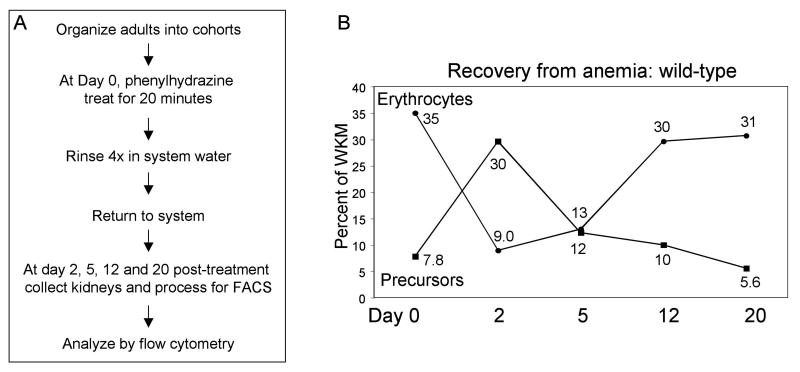Fig. 2. A protocol for inducing hemolytic anemia in adult zebrafish.
(A) Phenylhydrazine treatment induces hemolytic anemia by lysis of erythrocytes. Gross visible signs of anemia can be seen in the fish at the time of sacrifice, as described in the text. Recovery of the anemia occurs over a 20 day time-course, documented visibly and by flow cytometry. (B) A group of wild-type fish (n=11) were treated with phenylhydrazine at day 0 and followed over a 20 day time course. Fish were sacrificed at days 2, 5, 12 and 20 following treatment and WKM prepared for flow cytometry. Data from matched sets of untreated fish was used to generate the numbers indicated by day 0. Erythrocytes and precursor populations were quantified at each time point. The line graph shows each as a percent of WKM (erythrocytes and precursors). As the erythrocyte count falls there is a reciprocal up-regulation of precursor production to compensate for the induced anemia.

